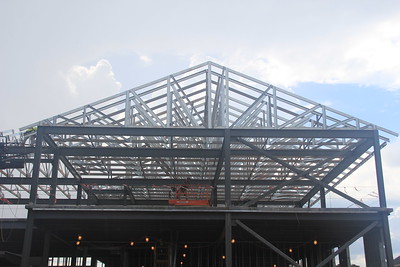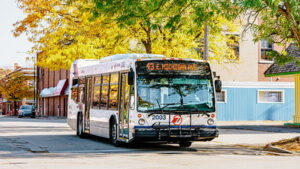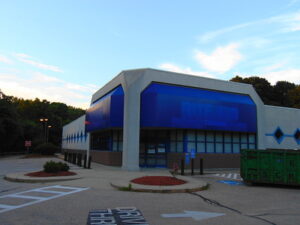With all the talk about green and sustainable campuses, you might think that higher education institutions are becoming more aware of their impact on their environments. Even with LEED building certifications, geothermal heating plants, and LED lighting, some institutions miss out on obvious opportunities to be sustainable.
A recent statement in an opinion piece published by Building Construction + Design deftly makes this clear:
“The most sustainable building – environmentally and financially – is the one you don’t build.”
Colleges and universities have added new building space at a much faster pace than they have added students. That isn’t likely to change in the foreseeable future. Building new facilities that the administration cannot legitimately justify by way of the institution’s enrollment growth or changes in its academic activities is the very definition of unsustainable.
Further, administrators often trumpet a new building’s operational costs, LEED certification, living rooftops, permeable pavement, geothermal heating and cooling, and other so-called money-saving features. At the same time, they fail to apply the same standards to the aging buildings and infrastructure on campus. Inefficient operations of aging infrastructure may cost the institution more in one or two years than a “green building” will save over a decade.
The unwillingness of administrators to properly care for the current campus infrastructure can perpetuate these inefficiencies indefinitely. Prior to approving any new construction or other capital investment on campus, those responsible for its governance should insist upon having a full understanding of what the proposed construction will cost over its lifetime in terms of operations, maintenance, and repairs. That cost should be part of the decision-making process for building approval. When the administration deviates from the building’s approved operational plan, the governing body should hold the administration accountable for the deviation.
Higher education should view construction as a last resort
Campuses don’t need more buildings. Higher education administrators must use the space they have more efficiently and eliminate actions that increase operational costs. That means renovating existing spaces as needed when needed. It means budgeting appropriately for maintenance and 0performing that maintenance on schedule without exception.
New construction on campus rarely means more educational opportunities for students. Often, new buildings are part of a larger plan by administrators to demonstrate that they can “manage” a large capital project. There is little thought given to whether the campus needs a new facility, or how the campus intends to pay for the cost of construction.
A donor may buy the naming rights to the building but doesn’t actually finance the construction. Too often, it is the students who are driven into debt so they can pay for someone else’s “gift.” A green, sustainable campus is not one that builds buildings primarily to flatter someone’s ego. Instead, it is one that views new construction as a last resort.
Photo Credit: UGA/CAES Extension, via Flickr


















